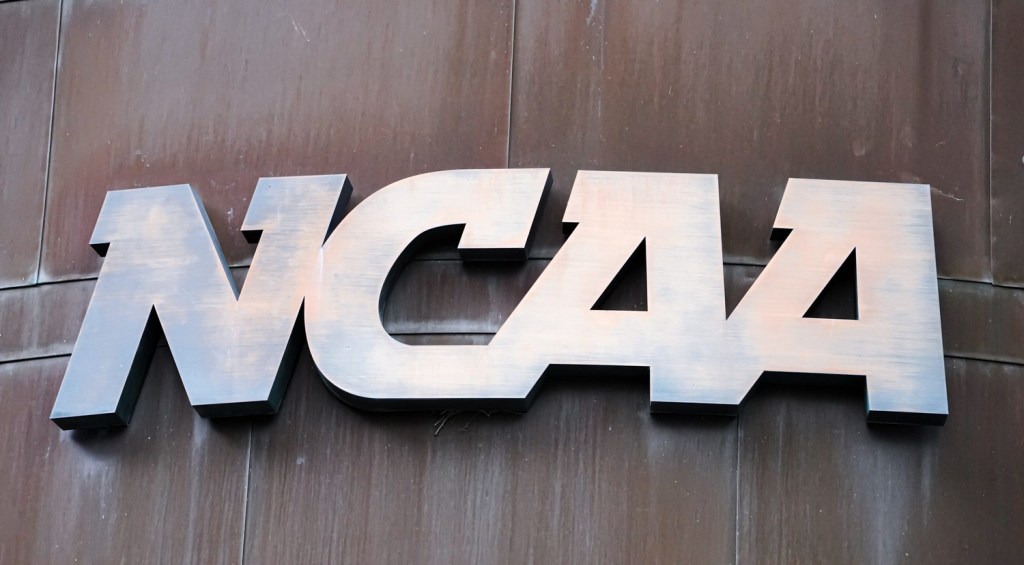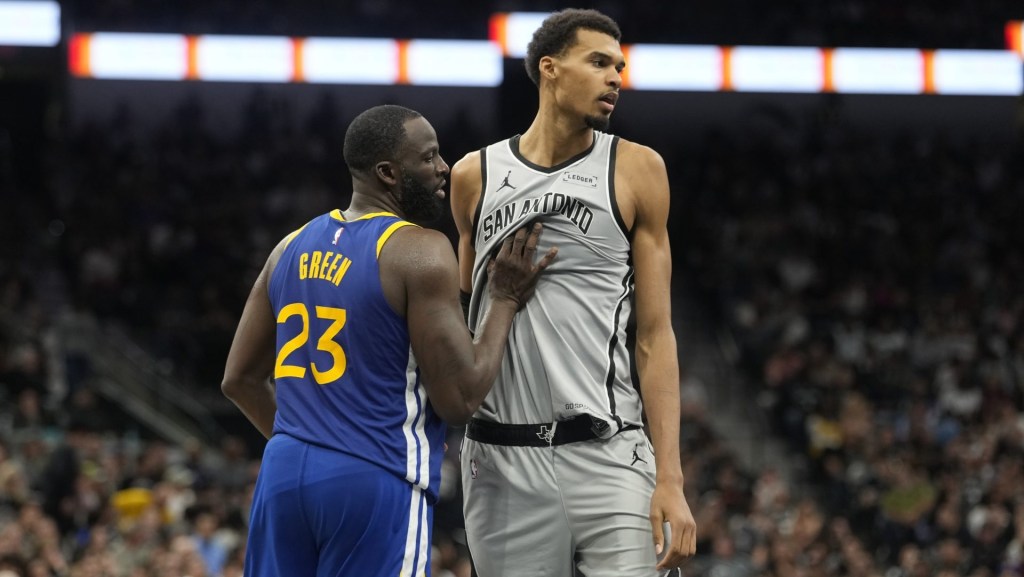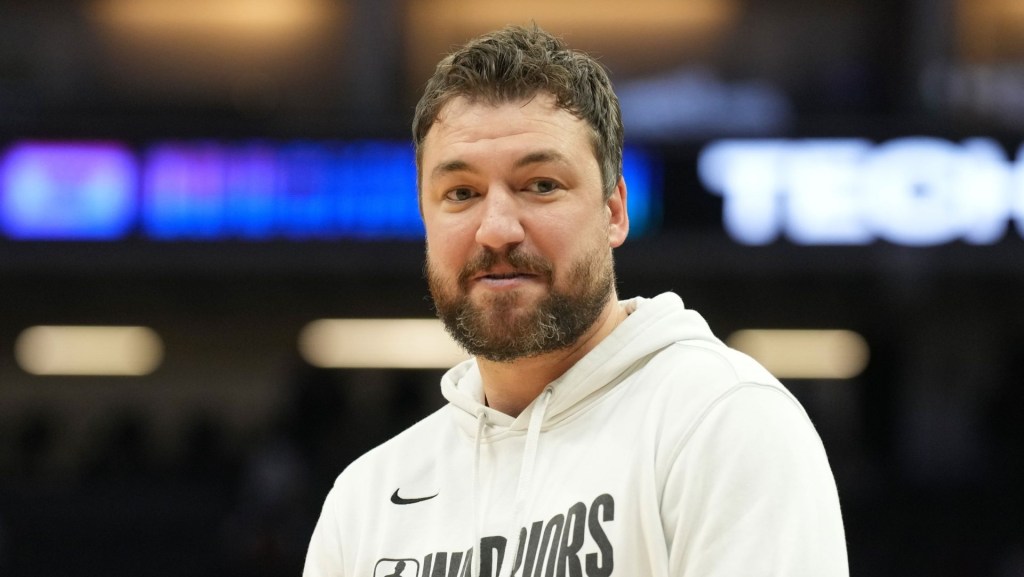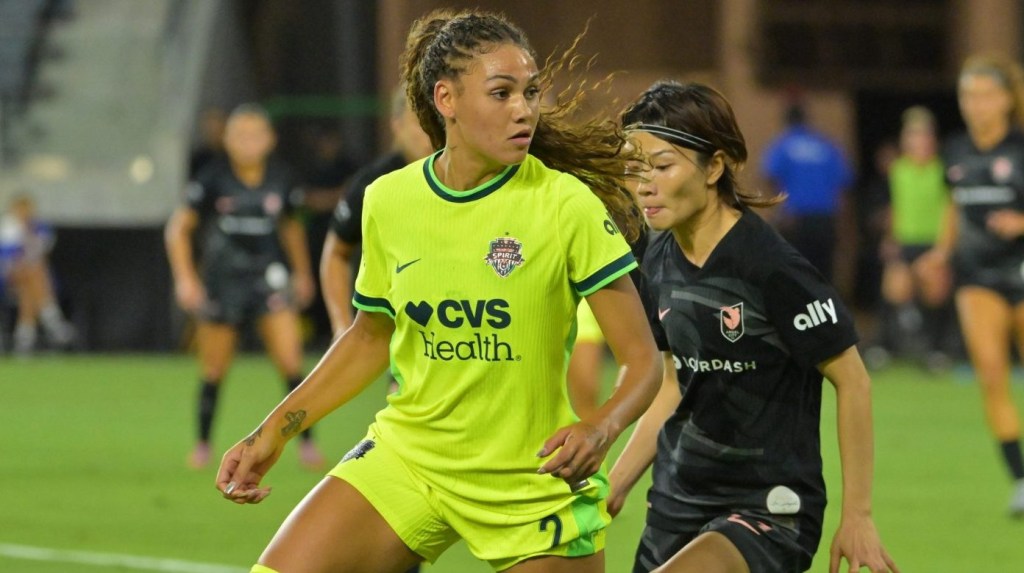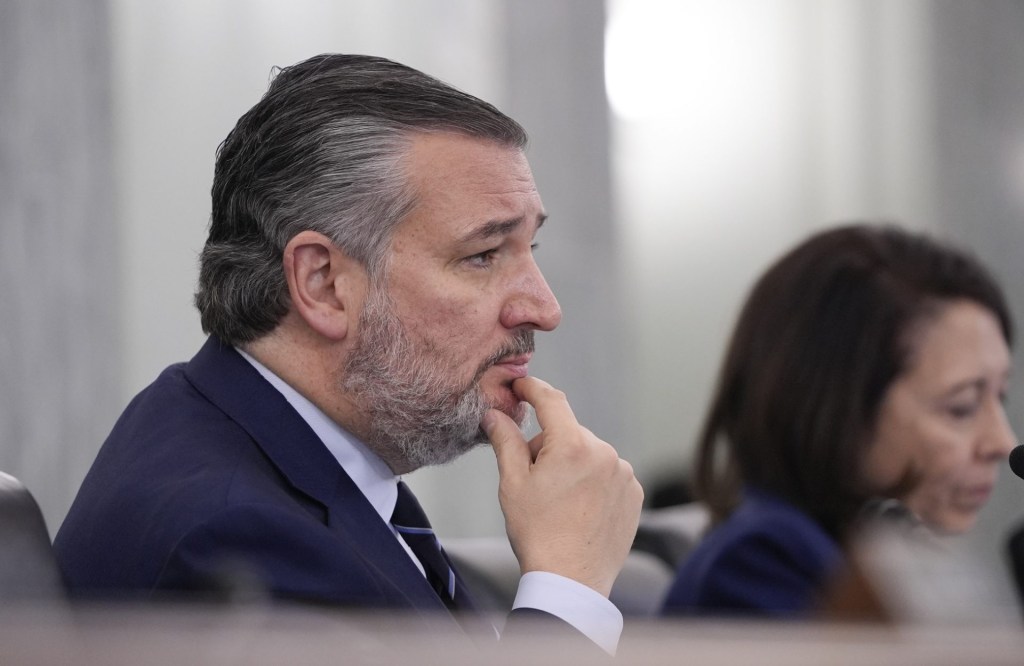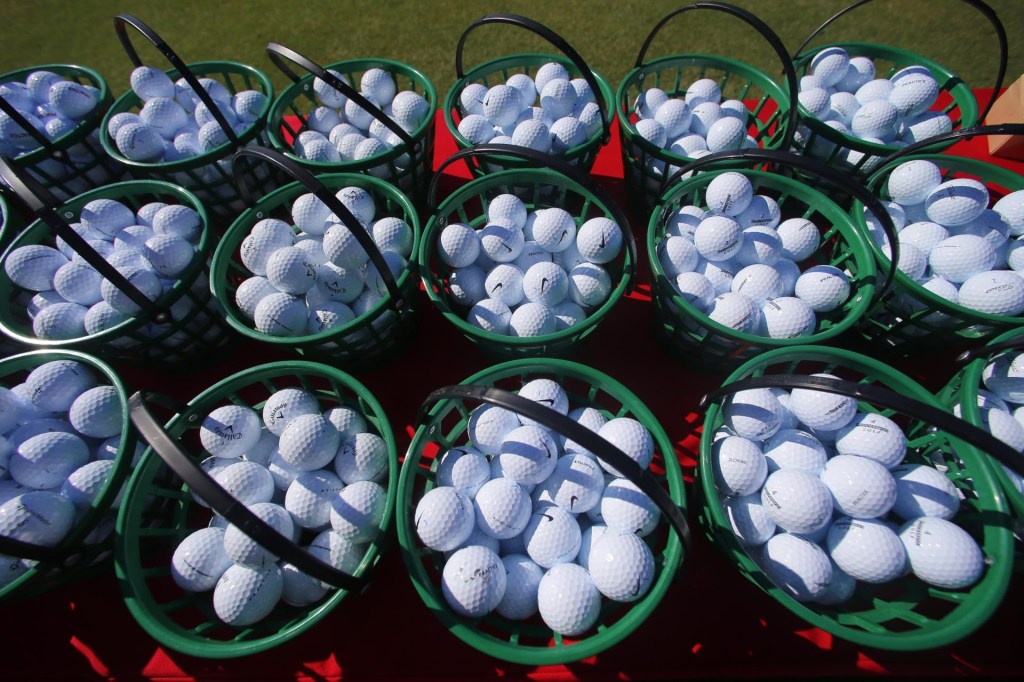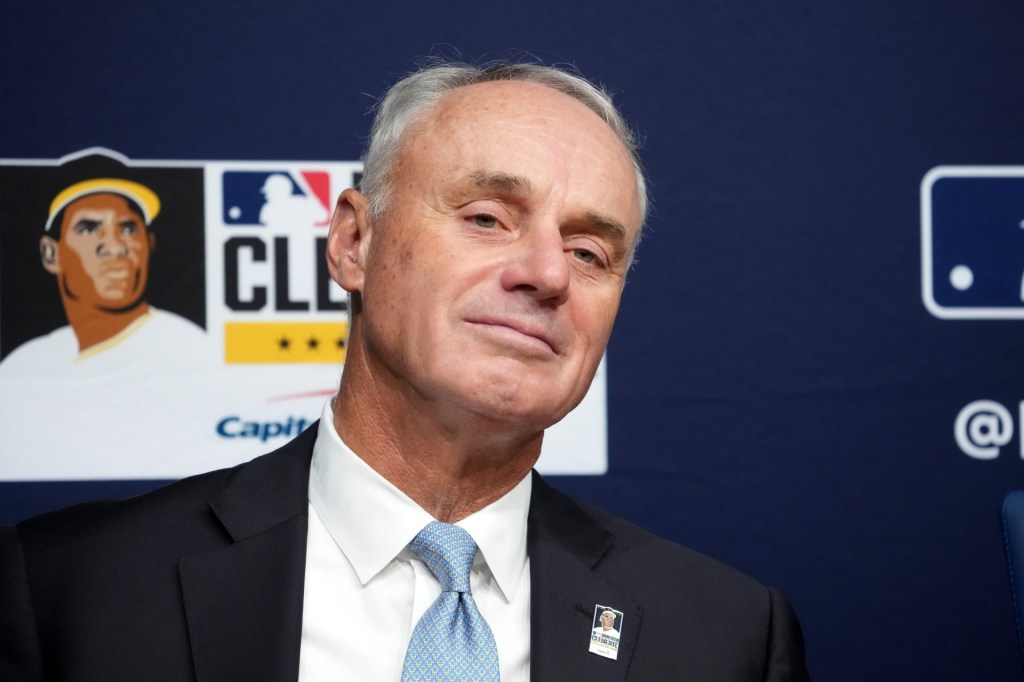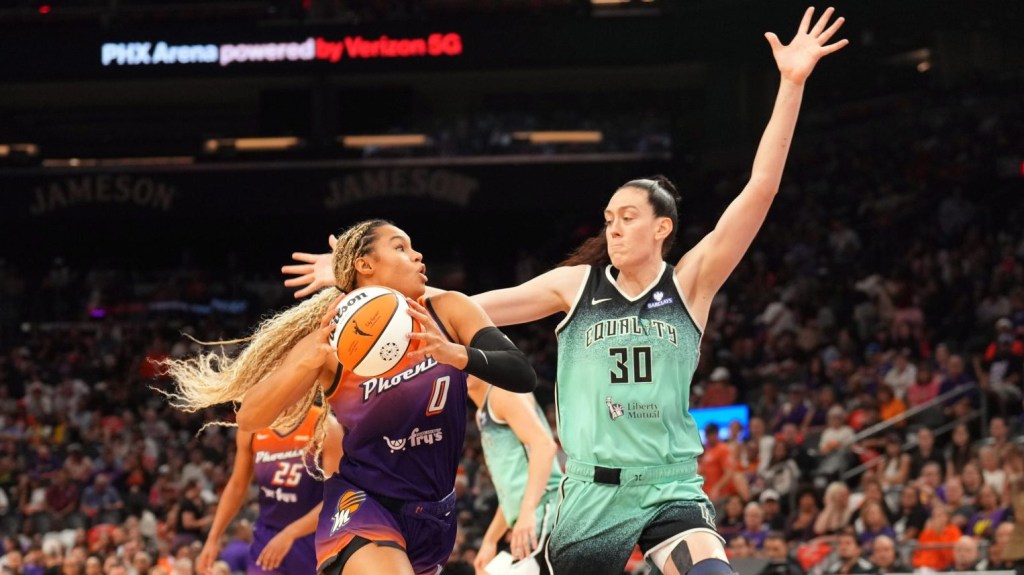The NWSL could one day be as big—and as valuable—as the NFL. Or at least that’s what league commissioner Jessica Berman believes.
After launching in 2013 with only eight teams, the league has expanded to Kansas City, Louisville, San Diego, Los Angeles, Utah, and San Francisco. Next year, when Denver Summit FC and Boston Legacy FC begin their inaugural seasons, the league will have doubled in size.
In November, the NWSL took another big step, announcing Atlanta will be home to the 17th franchise after Arthur Blank—whose sports empire includes the Falcons and Atlanta United—agreed to pay a reportedly record-breaking $165 million expansion fee.
Although Atlanta will not make its debut until 2028, the league is pushing even more expansion. Berman said during a media call in September that league expansion had shifted to a rolling process to allow for the more than a dozen conversations that were ongoing to continue without an end date.
“Each of them have a different perspective on time they need to launch, investments needed particularly around infrastructure,” Berman said. “We want to be more flexible. Our expansion process is ongoing, officially open. What that means is we will communicate decisions as we make them.”
The NWSL is looking to a future where the U.S. is stacked with teams—and soon. It is in many ways in a position of strength, especially as institutional capital and celebrity financing are rushing into teams. Viewership has surged. Yet behind the scenes, the NWSL is also facing challenges forcing it to adjust.
Most urgently, it is dealing with departing talent.
Up until 2022, the U.S. Soccer Federation paid USWNT players’ NWSL salaries. The decision by the USSF and USWNT to end that allocation gave way to more career freedom for the U.S.’s biggest stars, who have in recent years opted to pursue opportunities abroad—notably in the Women’s Super League, the highest level of women’s soccer in England.
This year began with Chelsea’s announcement that it had acquired USWNT defender Naomi Girma from San Diego Wave FC for a reported $1.1 million transfer fee. By September, Chelsea had acquired another USWNT star in forward Angel City FC’s Alyssa Thompson, this time paying $1.3 million. Before the end of the year, the NWSL could lose an even bigger name: global superstar Trinity Rodman, a Washington Spirit forward.
Rodman—whose contract expires in December—is reportedly fielding significant interest from international clubs. She also received an offer from DC Power in the Gainbridge Super League, a figure that is reportedly more than what any NWSL team could counter with due to the league’s salary-cap constraints.
“Once we get this championship, then I can start making decisions and figuring out what next year looks like for me,” she told reporters after the Spirit’s 2–0 semifinals win over the Portland Thorns.

If players go international, the money Rodman and other NWSL stars stand to make is significant. European clubs are not beholden to the same strict salary-cap constraints in the NWSL. The NWSL and its players’ association ratified a new collective bargaining agreement last August, which did away with maximum annual salaries, but it still enforces a salary cap. The current cap is set at $3.3 million, and it will increase to $5.1 million by 2030.
Addressing the media Thursday, Berman—who signed a multiyear contract extension with the NWSL this week—emphasized the league’s efforts to keep Rodman Stateside. “We want Trinity in the NWSL,” she said. “We’re going to fight to keep Trinity in the NWSL. She is representative or a proxy of our broader point, which is that we want top players to play here. We believe we’re already doing that and can continue to attract those players.”
Still, there’s unease among league executives about its ability to keep its best players under the current system: NWSL general managers cited the salary cap as a major concern in an anonymous survey conducted by ESPN.
Player movement is not only a worry because the biggest stars are leaving for record pay packets. It’s also because the league needs as many good players as it can get. As the NWSL rapidly adds teams, it both needs to fill out rosters as well as maintain top talent to keep the level of play high—especially to compete with alluring overseas offers.
Berman believes the depth of talent can support the rate at which the league is expanding, but it’s still the NWSL’s responsibility to invest in development, including for coaches and support staff. The league is working with the U.S. Soccer Federation on a number of initiatives to help with those efforts.
U.S. soccer began an initiative called “Behind the Badge” a year ago on both the men’s and women’s sides, which gives clubs and coaches the opportunity to observe the environment at the youth and senior team levels, ask questions, and share best practices. In addition to programs the federation is actively developing, USWNT coach Emma Hayes has made NWSL club visits a common practice throughout the past 12 to 18 months.
“In particular around coach education and development we know that being the governing body we need to do a lot more to get ourselves scaled up to deliver the size and scale of coach education in general,” U.S. Soccer sporting director Matt Crocker tells FOS. “But what [Hayes] has made sure we do is that we are much clearer on what that looks like from a female perspective and how that has to be bespoke. The needs of a coach in the NWSL is very different to the needs of someone in the MLS or the USL Championship.”
Most significant of the league’s efforts to expand the player pool is its push for a Division II league. The NWSL submitted a proposal to the USSF in the spring to create a developmental league with the goal of launching in 2026.
If these developmental initiatives succeed, the entire NWSL will benefit. Yet expansion has highlighted operational gaps among individual franchises.
“It’s good for the business to add more jobs, add more competition, and to see more investment come into the league, but I’m concerned about operational competence,” NWSLPA executive director Meghann Burke tells Front Office Sports. “And ensuring the minimum standards we have fought for are upheld top to bottom.”

Similar to the WNBA, the NWSL has seen some of its legacy franchises fail to grow with the league. In the WNBA, only four teams have dedicated practice facilities: the Las Vegas Aces, Phoenix Mercury, Seattle Storm, and Golden State Valkyries, though many others are building them. Other teams’ facilities vary. The New York Liberty practice at Barclays Center, but they are developing a new $80 million facility in Brooklyn. The Chicago Sky practice out of a public rec center in Deerfield, and they are building a $38 million facility in Chicago’s south suburb of Bedford Park.
The gap between the NWSL’s haves and haves-nots is similar—and vast.
On one side is the Kansas City Current, which is co-owned by Chris and Angie Long as well as Patrick and Brittany Mahomes. They invested $140 million into a women’s soccer–specific venue in 2021. CPKC Stadium opened in 2024 with a capacity of 11,500. In 2022, the team opened its training facility, which was the first built specifically for a women’s sports team in the U.S.
And on the other side, there are the Chicago Stars. In 2023, principal owner Laura Ricketts led a group of investors in the $60 million purchase of the team. But in the two years since, the Stars have failed to solidify a plan for a practice facility. Next year, the team will play all of its home matches at Northwestern Medicine Field at Martin Stadium, but it will continue to practice 30 miles south at the training field adjacent to SeatGeek Stadium, which was the team’s home stadium since 2016. Stars president Karen Leetzow has been adamant that the team is actively pursuing plans to build a dedicated training facility, but those plans have not materialized.
Other franchises are at various stages along the spectrum. Angel City has dedicated facilities similar to the K.C. Current, while Bay FC and the Portland Thorns have announced plans for their own and are in different phases of the building process. Both 2026 expansion teams are building dedicated facilities set to open ahead of next season. Atlanta has also committed to developing a dedicated training facility by 2028.
“Athletes in a lot of ways influence the operational standards,” Denver Summit FC president Jen Millet tells FOS. “When we went out into market and started having these conversations, the first things players asked were, ‘Are we training on grass or artificial turf?’ and ‘Will we have our own facility?’ Ownership groups across the NWSL and the league itself recognizes the importance of those two things in terms of attracting talent.”
For now, the league’s focus is locked on the NWSL championship in San Jose, which could be Rodman’s last game in the league. But soon after the winner is crowned, all eyes will be back on the future of the NWSL.


